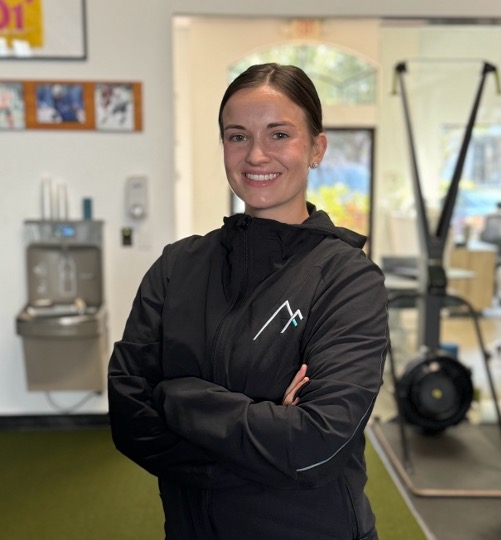Return to Sport After Injury | Athletic Recovery | Bonita Springs FL
Return to Sport After Injury: Why Clearing Pain Doesn't Mean You're Ready
You finished rehab. The pain is gone. You're "cleared" to play. But something still doesn't feel right.
This is one of the most dangerous moments in an athlete's journey — when they're pain-free, but not truly ready. At Matterhorn Fit, we specialize in bridging the gap between injury recovery and full return to sport. Because just being out of pain doesn't mean your body knows how to move safely again.
Here's why the return-to-play phase is so often overlooked — and how the Matterhorn Method makes it complete.
The Gap Between "Cleared" and "Confident"
Most athletes leave rehab when they meet these basic criteria:
- They have no pain with daily activities
- They can jog, lift, or pass strength tests
- Their doctor or PT signs off based on timelines
But the nervous system doesn't work on a timeline — it works on trust and readiness. And when your body doesn't feel stable or in control, it compensates. Fast.
Common Post-Rehab Issues
Even after being "cleared," many athletes experience:
- Favoring the injured side
- Delayed reaction time
- Muscle guarding or hesitation
- Re-injury soon after return
Pain may be gone — but protective patterns remain until they're actively retrained.
Why Traditional Rehab Often Stops Too Early
Most post-injury rehabilitation follows a predictable pattern that focuses on:
- Pain reduction
- Timeline-based milestones
- Basic strength and range of motion
While these markers are helpful, they don't measure the most crucial elements for sport readiness:
- Real-time movement coordination
- Neurological readiness under fatigue
- Reflexive control in dynamic environments
You might pass the test in a clinic — but fail under pressure in a game.
How the Matterhorn Method Bridges the Return-to-Play Gap
Our return-to-sport process focuses on neuromuscular re-integration, not just tissue healing. We understand that true recovery goes beyond pain relief.
Our Three-Phase Approach
Phase 1: Reset Faulty Movement Patterns
We identify and correct movement compensations that developed during the injury phase, ensuring your body moves as an integrated unit.
Phase 2: Reactivate Stability Under Load
We help your body stop bracing and start moving freely by rebuilding confidence in the injured area through progressive loading.
Phase 3: Rebuild Reflexive Control Under Fatigue
This is the true test of sport readiness — training your nervous system to maintain control when you're tired and under pressure.
The result? Athletes who not only return safely — but come back more resilient than before.
Pro Tip: Stability Under Fatigue Test
This quick drill reveals whether you're still compensating after injury.
How to do it:
- Perform 10 jump squats in place
- Immediately stand on your non-dominant leg with eyes closed for 10 seconds
- Repeat on the other side
Wobbling, collapsing, or hesitation indicates your nervous system is still in protective mode — even if you feel "fine."
The Bottom Line
Returning to play shouldn't mean returning to risk. True recovery means more than just being pain-free — it means being prepared.
The Matterhorn Method helps athletes rebuild trust in their body — so they don't just get back in the game, they own it.
Book your evaluation today and let's complete your recovery the right way — with performance, stability, and confidence built in.


.jpg)

